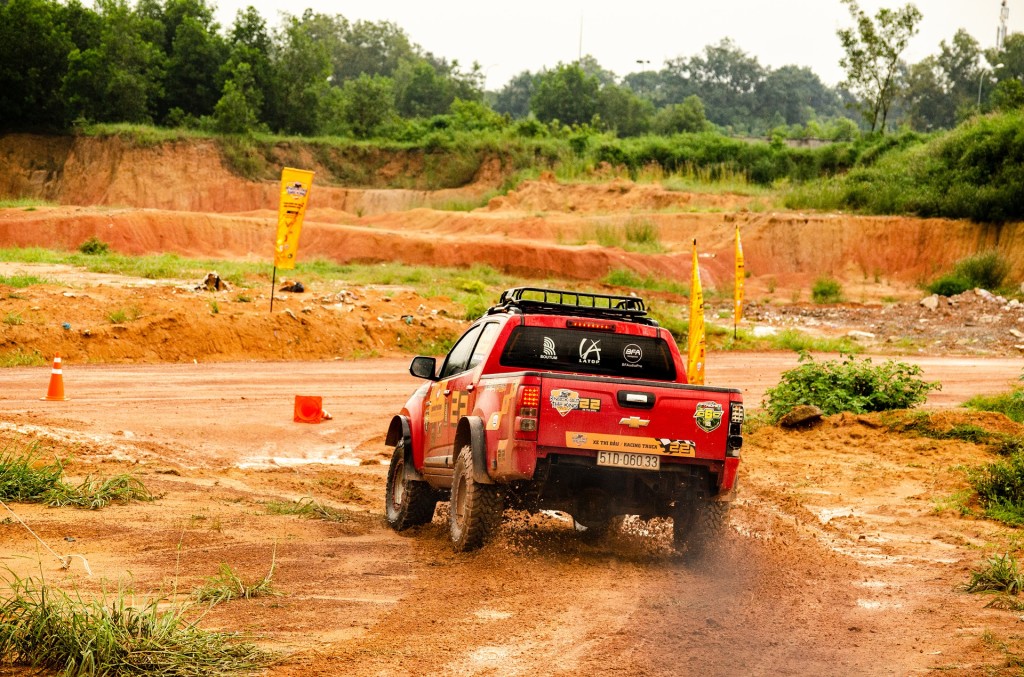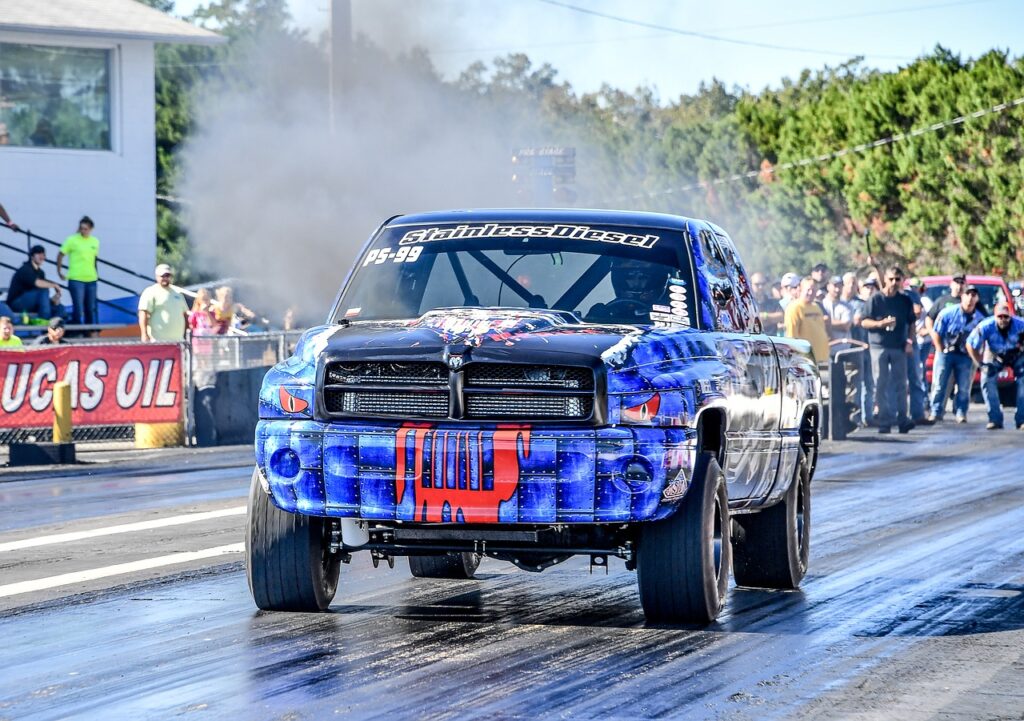How to Get Started in Truck Racing
Racing isn’t a word that naturally evokes images of trucks in your head. At least, it isn’t for most folks. Trucks do go racing, though! If your interest in motorsports centers on truck racing, you might not know where to get started.

Like all motorsports, the secret to going truck racing is to get out and take the plunge. Many first-timers feel intimidated if they lack enough information about where to get started. It’s a big leap to start racing, so we’ve gathered a few good suggestions about how you can make your first foray into truck racing.
Join the SCCA
As the country’s preeminent amateur racing body, the Sports Car Club of America will play a role in your racing career sooner or later. If you want some guidance on where to begin, there’s no better move than to join your local SCCA chapter. From there, you’ll get info about events happening around you and other motorsports-focused groups that you can participate in. You’ll connect with fellow racers, learn where to sign up and find out about the types of events you can participate in locally.
Go to Rally School
Even if you’re not into truck racing, you might want to do this for fun. Across the country, driving professionals are opening schools on large farms and open spaces where you can learn the basics of rally racing. Will you be in a truck? Perhaps not, but the things you’ll learn about how to accelerate, brake and position the vehicle for corners on dirt will translate to your truck-racing career. In racing, robust fundamentals are everything.
Race Rallycross
Another motorsport you can participate in without necessarily owning a truck, rallycross is the dirt equivalent of autocross, possibly the most accessible form of motorsport on the planet. Show up with a safe truck and a helmet, and you can pretty much go racing right away. It’s a smart way to find out if you genuinely enjoy the racing environment before you invest in a second or third vehicle.
Find a Good Class

You’ll want to understand the different classes of trucks that you can race. Racing costs money any way you go about it. Beginners will be better off starting with the more accessible classes, which will use stock or near-stock vehicles. The benefit is to save you money that you might waste if you go out and buy a trophy truck, only to crash it. Since the goal of these classes is to promote competition, they will dictate how much power your truck can have, the types of tires it can use and how modified it can be, if they allow modifications at all.
Get a Truck
Perhaps you’ve already got the truck you plan to race, but if you’re serious about competition, you’ll soon find daily drivers make bad racing vehicles. Check out sites like racingjunk.com, where you can find well-loved racing vehicles in need of a home. Building a race truck is a serious investment, and you can begin your career by benefiting from someone else’s hard work. Alternatively, buy something cheap on Craigslist and strip the interior for the world’s most straightforward race truck.
Truck racing might not be as glamorous as the car-focused motorsports, but it requires the same level of commitment and skill. It also allows for a dynamic range of terrain and the fun of seeing vehicles you will recognize, instead of one-off bewinged race cars. So take the plunge and go racing. After a few events, you’ll realize it’s not so different from belonging to any other sporting organization, except it can be more expensive to participate in.